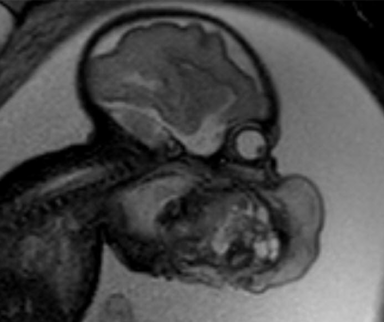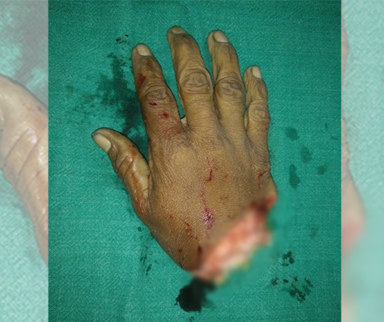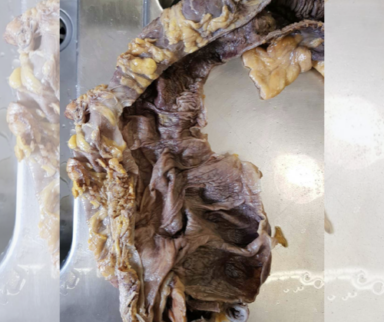
How do you recognize something you’ve never seen before?
The well-known medical axiom “when you hear hoofbeats, think of horses, not zebras” is drilled into physicians from early on in their training. Common things are common, and rare diseases are just that. Some are so rare, their prevalence is not even known. And while you’re unlikely to encounter them in your practice, you risk missing that one zebra in a field of horses if you don’t know what to look for.
In recognition of World Rare Disease Day, which takes place on the last day of February—fittingly, the rarest day of the year on leap years—here are a few of the most fascinating cases of rare diseases recently seen on Figure 1.
1. Blue rubber bleb nevus syndrome (BRBNS)
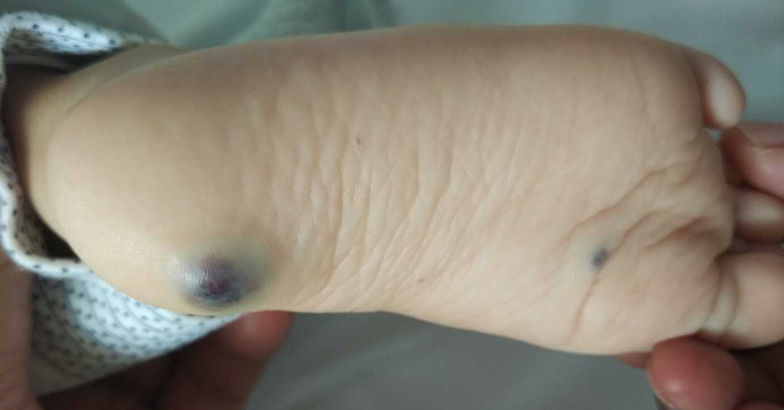
Also known as Bean syndrome, this rare disorder is caused by abnormal development of the venous system. It is characterized by numerous cutaneous and internal venous malformations, and typically presents in newborns. Skin lesions are small and rubbery, and develop on the palms and the soles. Gastrointestinal lesions can bleed, leading to anemia.
This Figure 1 case of BRBNS, shared by a pediatrician in Shanghai, showcases the manifestations of this rare disease. The young patient had multiple skin and gastrointestinal lesions. Rarely, patients can also develop lesions in other organs, such as the liver, spleen, kidneys, and brain. Only about 150 cases have been reported in the medical literature.
2. Coats’ disease
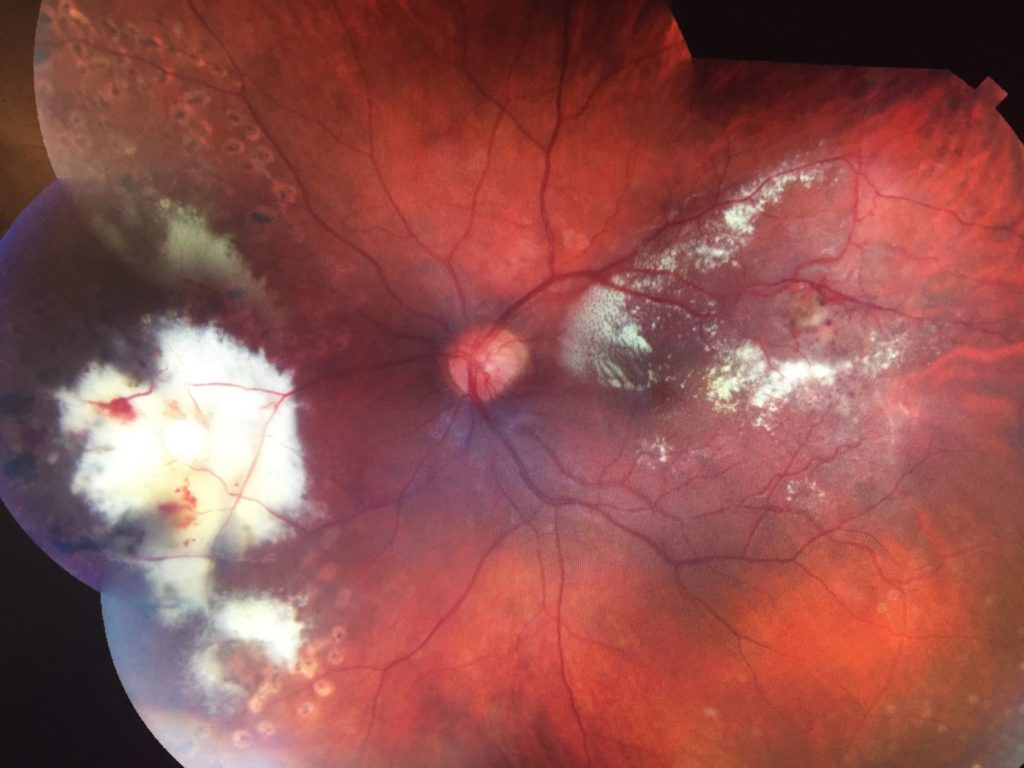
Coats’ disease is another rare disorder caused by abnormal development of blood vessels, this time in the retina. It was first identified in 1908 and the exact mechanism remains unknown. It typically affects just one eye and leads to retinal detachment. Patients may present with reduced visual acuity or a whitish-yellow pupillary reflex. The majority of cases occur in boys and middle-aged men.
This case of Coats’ disease shared on Figure 1 shows the progression of the disease over two years in a 22-year-old male. Images from the initial examination revealed subretinal lipid exudates, while scars from multiple laser treatments are seen in the subsequent images.
3. Osteopetrosis
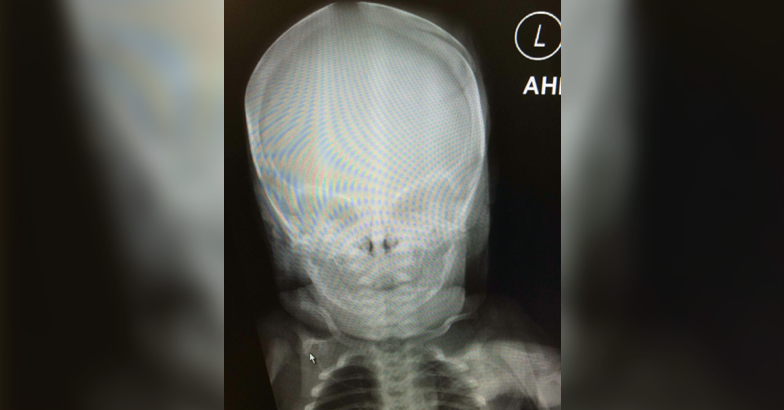
First identified by radiologist Heinrich Ernst Albers-Schönberg in 1904, this rare disorder is the result of impaired bone modeling. The patient’s bones are thicker and harder, and their lack of flexibility makes them susceptible to fractures. As well, sclerosis of the skull can lead to compression of the cranial nerves. Infantile malignant osteoporosis is one of the most severe forms and is associated with early mortality.
This case of osteopetrosis shared by a U.S. pediatric subspecialist highlights the characteristic appearance of the skull on X-ray. In this patient, the thickened bone led to an increase in intracranial pressure, requiring a ventriculoperitoneal shunt to be placed.
4. Ewing sarcoma
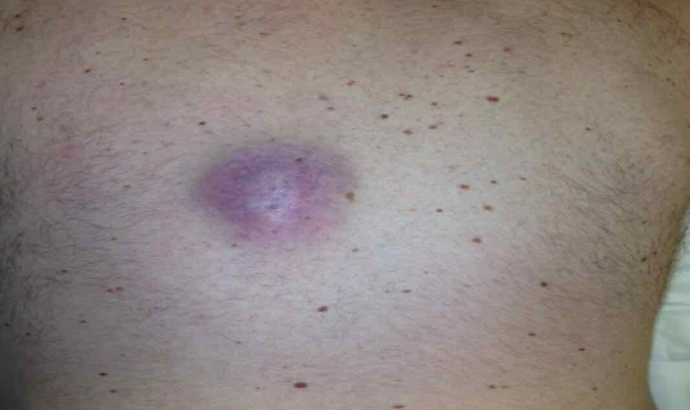
Ewing sarcoma is a rare form of cancer that occurs in the long bones (most commonly the femur, but also the tibia, fibula, and humerus) as well as the pelvis.
In this unusual case of Ewing sarcoma shared by a U.S. colorectal surgeon, a 25-year-old male patient requested the removal of a mass on his back that had been present for five years. The community developed a differential diagnosis that ranged from benign causes such as a sebaceous cyst to more serious diagnoses such as an angiosarcoma. The surgeon revealed the final diagnosis, adding that the mass was surgically removed and the patient underwent chemotherapy and radiation.
5. Cockayne syndrome (CS)
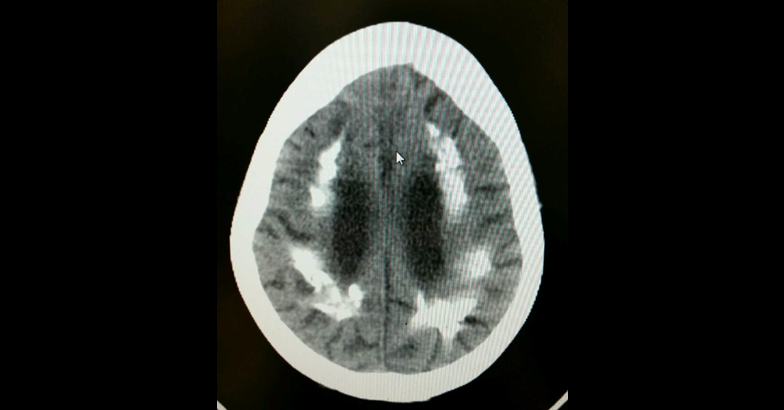
Cockayne syndrome is a rare disease that becomes apparent at two years of age. It is caused by a genetic mutation, and is characterized by severe developmental delay, short stature, and an unusual appearance with microcephaly, sunken eyes, and large ears.
In this case shared by a critical care physician, a 24-year-old female patient with Cockayne syndrome presented with suspected hemiplegic migraines. A CT of the brain demonstrated the intracerebral calcification that is characteristic of the disease. Since 1992, only about 140 cases of CS have been reported in medical literature.
Published June 2021
Join the Conversation
Register for Figure 1 and be part of a global community of healthcare professionals gaining medical knowledge, securely sharing real patient cases, and improving outcomes.
